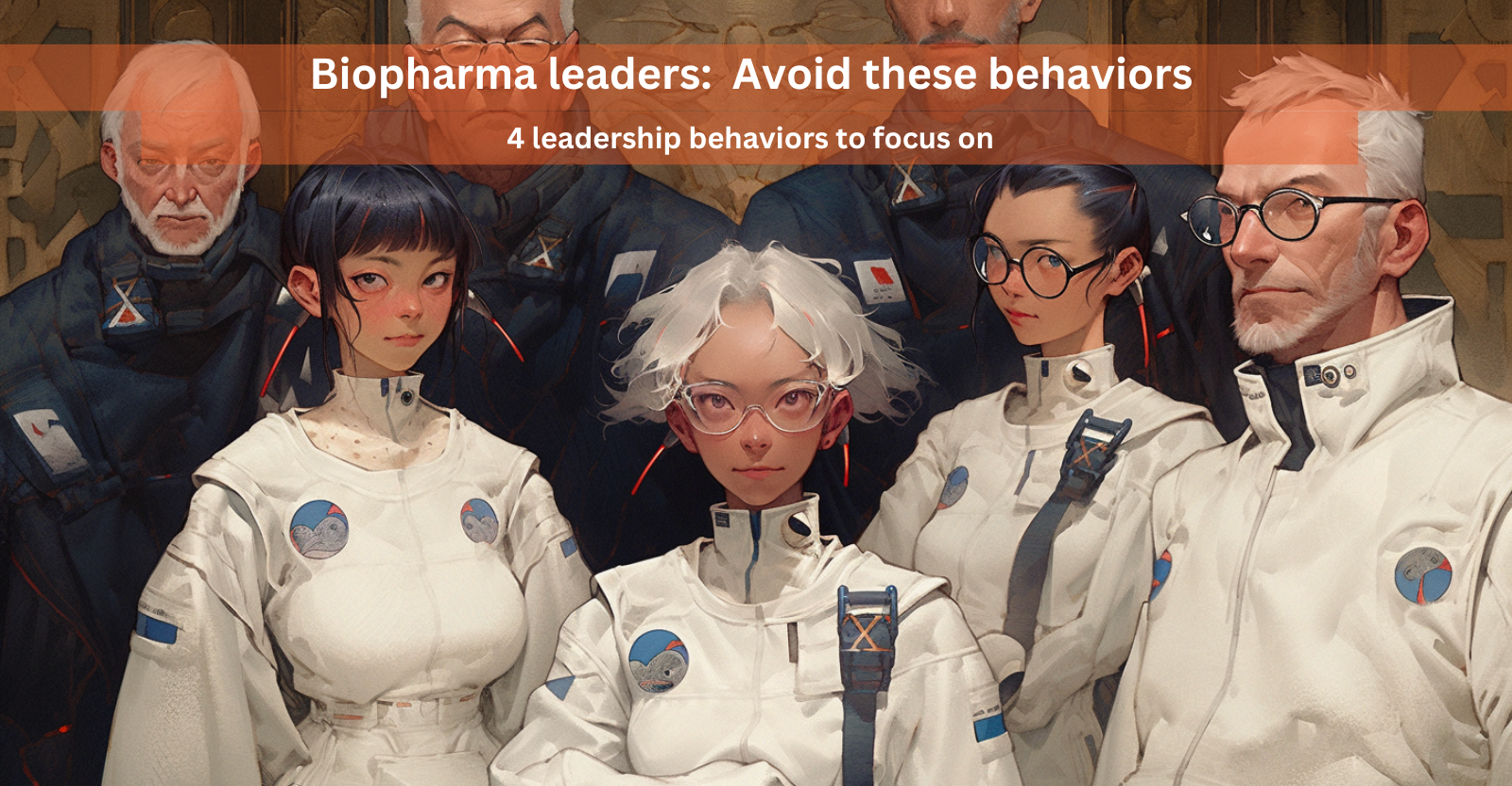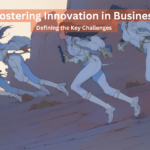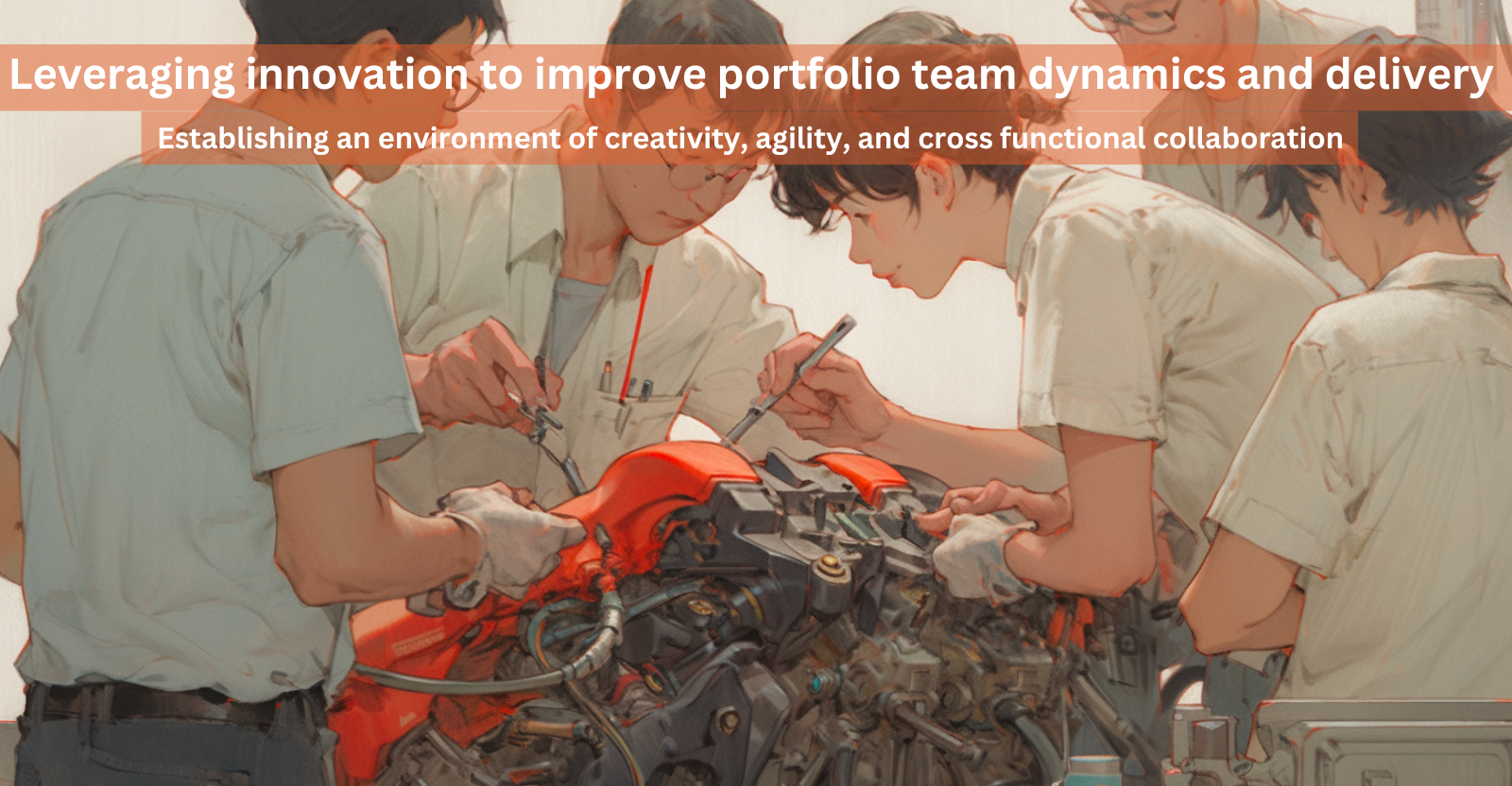As we near the end of 2022, its worth taking a look back at year and understanding the behaviors that leaders might avoid or stop-doing to become better leaders. Before determining which of your “bad” behaviors to drop, ask a trusted colleague to share some of the perceptions that are holding you back from making real change, both inwardly and for the people around you. Following that conversation with some introspection, allow yourself the space to reflect on the conversation with your trusted colleague. Moreover, try to catch some of the subtleties and unspoken clues.
Armed with a bit of outside-in perspective, here are some behaviors that leaders often realize are holding them back. Before we dive in, it is important to recognize that we are all leaders in some way. Not having a prestigious title does not mean that the discussion below does not apply to you. Start early in building your leadership mindset and behaviors (and non-behaviors) and the recognition of your talent by those around you will follow close behind. That said, here are some behaviors to avoid in becoming your best self.

1. Focusing only on what you can deliver.
Clearly aligning your team to your organizational goals is important. However, being intentional about abandoning bad organizational behaviors can be just as critical to success. So, track the things that you should stop doing. Often cultural norms dictate that team members follow outdated and weighty processes. I see this often in highly regulated fields, such as biopharma (my area of focus). Setting the non-practice of these old processes as a success metric clearly signals to your organization that you are focusing on becoming more lean, and, therefore, more efficient. Daniel Pink has called these non-practice OKRs, “NO-KRs”. The branding of these metrics as NO-KRs makes them a bit more tangible and signals that they are real trackers of success.

2. Lacking transparency in the little things (as well as, the big things)
Transparency in the thinking behind your decisions helps motivate people to understand and ultimately get behind your decisions. Often, leaders underestimate the power of transparency – instead viewing it as a distraction. However, changing behaviors to drive change starts with changing the mindsets of the people that are tasked with making your changes real. Changing those mindsets starts with transparency in your decision-making. Even the small changes require a small mindset shift to turn them into behaviors. Being transparent is the first step in driving change.

3. Hiding weaknesses
As a leader you will make mistakes and learn from them. That lifelong learning (or growth mindset) does not make you weak, it makes you human. Through your growth journey you will learn your weaknesses. Being open about your learning journey will help the people in your organization build trust with you; authenticity is a key driver of trust. Yes. That means you actually let your team know where you are struggling. Your weaknesses will signal to those around you that it is ok to be human. More importantly, it will signal that weaknesses are normal, and you are here to help them through their weaknesses – not be penalized for them. This might be a difficult behavior to model, but it will go a long way to build trust with your team.

4. Failing to focus on psychological safety or ignoring emotions of those around you.
Acknowledging the emotions of the people in your organization builds trust and psychological safety. Acknowledgement and validation shows the people around you that you care about their mental health, as well as their work. Moreover, the empathy that closely follows is a key factor in building trust. Conversely, a failure to focus on psychological safety will result in uncertainty, ambiguity and, subsequently, fear. That fear and lack of psychological safety shows up as a reluctance to take smart risks and “failing forward” (and maybe even quiet quitting). Great leadership begins with building trusting relationships with those around you. In fact, an organization of trust and safety is one that has a culture of innovation, free expression, and bold risk taking (smart risks), resulting in 74% less stress, 29% more life satisfaction, and 40% less burnout! That is something that every organization can use, especially in the stresses in today’s post-Covid workplace.
Finding and removing these not-so-great leadership behaviors will require a bit of coaching and introspection. Often friends and trusted colleagues can help you identify and root them out.









